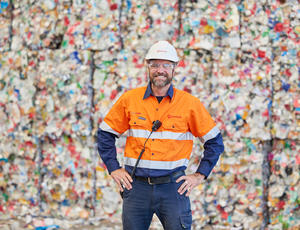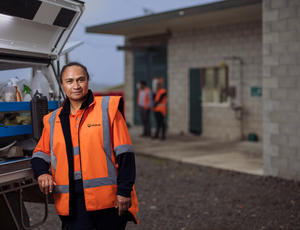Veolia Voice
We operate 250 materials recovery facilities worldwide, treating and recycling over
16 million tonnes of resources every year.
At Veolia, our vision is to create a society where resources, like your rubbish, can be reused, repurposed and given a new life.
We are a global company of more than 200,000 advocates for Ecological Transformation. In the solid waste space, we are committed to being best in class when it comes to operational excellence, and we have both the proven history and resources to demonstrate that.
Veolia has 170 years of knowledge and experience to draw from. Over that period we have grown as a business and learned how to optimise our processes, delivering the best outcomes for customers and communities.
Globally, we operate over 250 materials recovery facilities (MRFs), treating and recycling over 16 million tonnes of resources per year.
We successfully operate MRFs all over Australia – together they process hundreds of thousands of tonnes of materials recovered across the country each year. Here are the capabilities of some of our key MRFs:
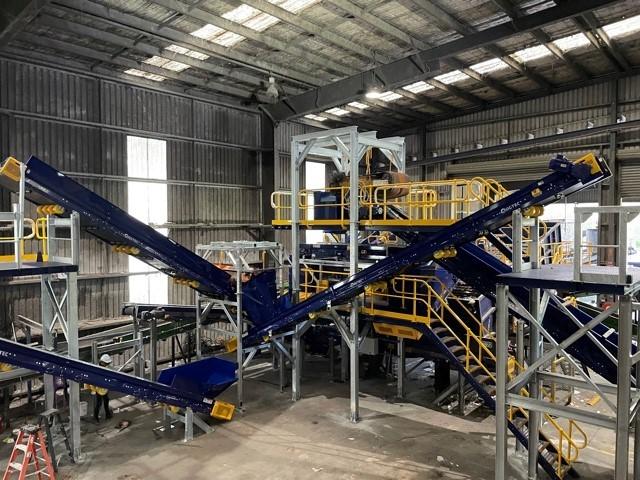
What is on site
- It currently processes 40,000 tonnes of mixed solid waste and organic material and services more than 100,000 households in New South Wales
- Material Recycling Facility
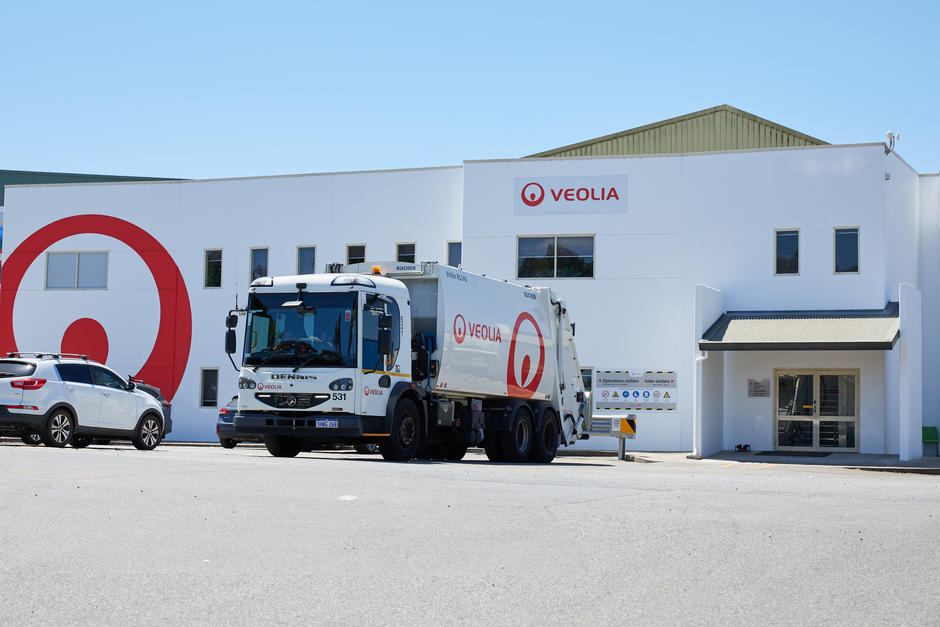
What is on-site
- It processes up to 120,000 tonnes per year from household and commercial recycling from across Perth and south-west WA
- Material Recovery Facility (MRF)
- Bulk Waste Sorting Facility (C&I MRF)
- General Waste Transfer Station
- Organic/FOGO Waste Transfer Station
- Waste Audit Facility
- Education Centre
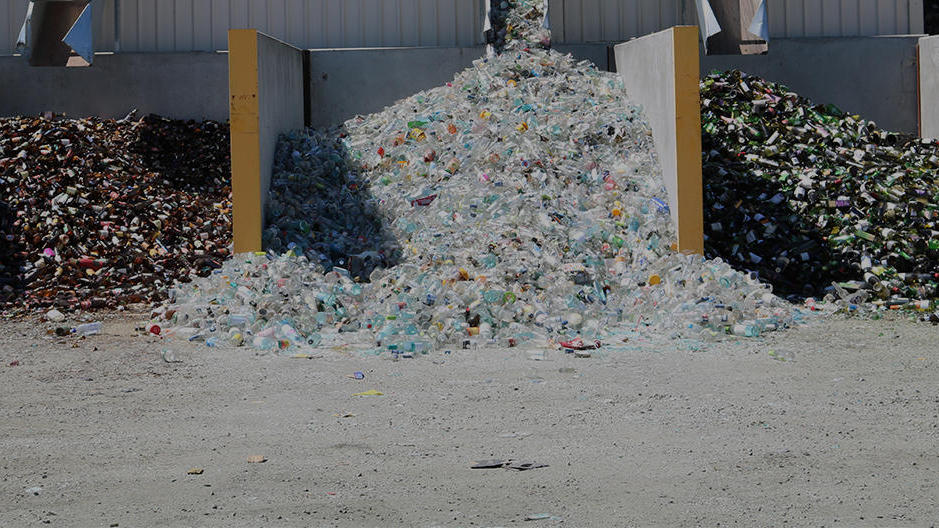
What is on-site
- It processes commingled recyclables with a capacity of 20,000 tonnes per year for Northern Victoria

What is on-site
- It processes approximately 20,000 tonnes of recyclable products per annum from Northern Tasmania.
These are just some of the facilities helping Australia to meet its net zero targets, and each respective state their resource recovery targets.
Our facilities can also use technology to turn food waste into valuable resources, including biogas and a nutrient-rich by-product known as digestate, supporting both a circular economy and energy security.
We also have the potential to use anaerobic digestion and energy from waste technology to divert non-recyclable waste away from landfills.
We’re also working with the government to support the rollout of more food organics and garden organics (FOGO) bins to councils. By separating and collecting organic waste at its source, this will also reduce waste going to landfills.
This is really important for the sustainable future of our planet – we need to reduce emissions, which accounts for nearly 3% of Australia’s net inventory emissions. These emissions are predominantly methane-generated from decomposition of organic matter, which is around 80 times more potent than carbon dioxide over a 20-year timeframe.
We do recognise it can be difficult for businesses, families and individuals to understand what the most effective way to dispose of waste.
A recent survey we commissioned showed that many Australians are struggling to work out which bin to put their household rubbish in, getting stumped more than 40% of the time on average.
Fortunately, materials recovery is a key element in many of our contracts and a large part of the service Veolia provides. We pride ourselves on being an Australian leader in ecological transformation and the circular economy.
With our recent GreenUp strategy in full effect, our goal is to accelerate our processes over the next three years - and with our contracts, Veolia guarantees we will provide the best treatment and recovery solutions at the most accurate price. Guided by our purpose of Ecological Transformation, we also guarantee to reduce GHG emissions and biodiversity impact (as a consequence of its activity), but also to monitor, control and share these transparently.
As part of our 170 years of global experience, Veolia provides a cohesive and affordable community service for everyday waste, which also helps to ensure a sustainable future.



